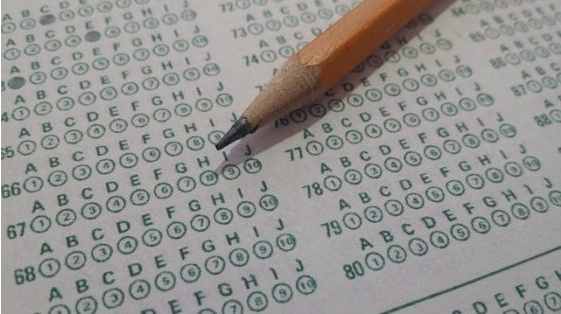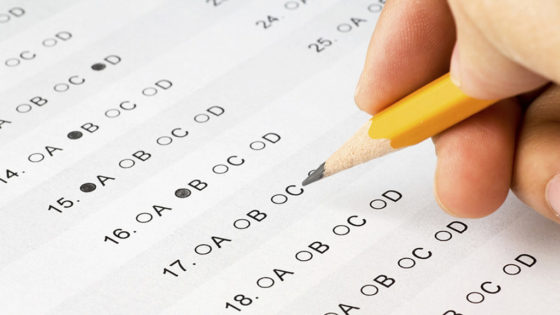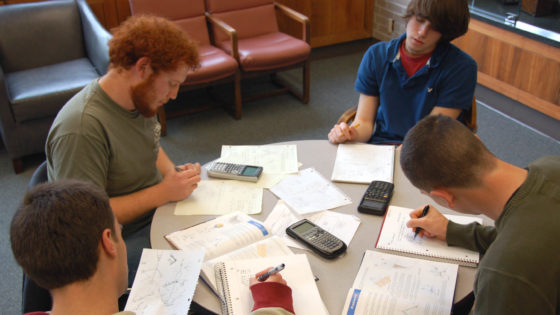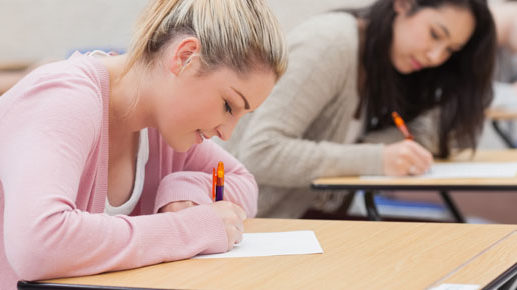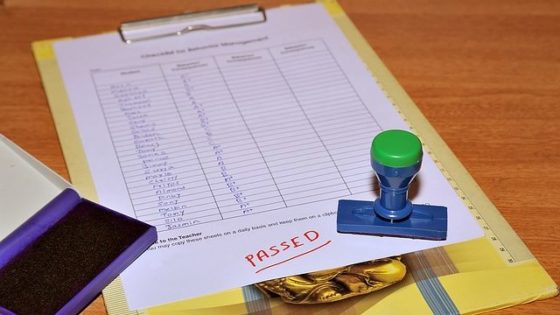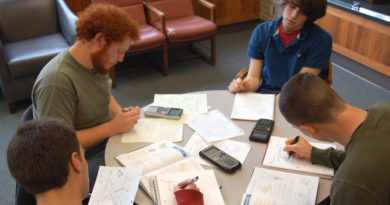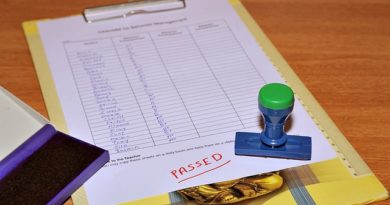Phlebotomy Certification Practice Test 5
This is the fifth in a planned series of Phlebotomy Practice Tests:
1. According to CSLI standards, the number of unsuccessful venipuncture attempts by one phlebotomist on the same patient is:
A. Determined by the facility
B. Whatever the phlebotomist is comfortable with
C. No more than 2
D. Limited to 5
2. When drawing blood from a small vein in the hand of an elderly patient which of the following is the best option:
A. 21-guage needle with syringe and small volume evacuated tubes
B. 23-guage winged infusion set with small volume evacuated tubes
C. 25-guage winged infusion set with large volume evacuated tubes
D. 21-guage needle with tube holder and large volume evacuated tubes
3. You are assigned to do a blood-draw on Sam Johnson in Room 222. How do you properly verify the patient as being the correct Sam Johnson?
A. Ask the patient to state his name and date of birth and match it to the requisition
B. Confirm the patient’s name with the nurse on duty
C. Ask the patient, “Are you Sam Johnson?” If the patient confirms that he is the identification is considered verified
D. Check the identification band to verify it is the correct patient
4. What is the first course of action when a patient refuses to allow you to draw blood?
A. Try to gently and calmly assure and persuade the patient
B. Report it to the patient’s nurse
C. Note the refusal on the requisition and return to the lab
D. Have an assistant hold the patient down while you draw the blood
5. A patient suddenly develops a large hematoma during a venipuncture procedure. What is the proper course of action?
A. Apply a pressure bandage
B. Stop the venipuncture procedure
C. Apply pressure to the site and elevate the patient’s arm above the level of the heart
D. All of the above are correct
6. In the health care field, when a service is evaluated and the results fall within the boundaries of predefined acceptable standards, it is known as the principles of _______________________________.
A. Risk management
B. Quality assurance
C. Service guarantee
D. Patient satisfaction
7. During a blood-draw from the basilic vein, the patient experiences severe shooting pains in his arm. What is the most likely cause?
A. The tourniquet is too tight
B. The vein has collapsed
C. The median nerve has been punctured or nicked
D. The patient has developed a hematoma
8. Serum or plasma that has a white, milky appearance is referred to as:
A. Pigmented
B. Contaminated
C. Lipemic
D. Hemolyzed
9. What is the medical term for fainting?
A. Syncope
B. Epistaxis
C. Dispnea
D. Tachycardia
10. What does the abbreviation CSF stand for?
A. Cellular synovial fluid
B. Centrifuge speed force
C. Cerebrospinal fluid
D. Cancer specific F antigen
11. A CBC specimen is clotted and needs to be redrawn. What is the most likely cause of the clotting?
A. The anticoagulant in the tube was defective
B. The blood and anticoagulant were not mixed sufficiently in the tube
C. The patient has DIC and the blood was clotted before entering the tube
D. The technician drawing the blood waited too long before delivering the blood to the lab
12. An area or object that has become uncleaned is referred to as:
A. Unsterile
B. Infected
C. Compromised
D. Contaminated
13. What is the recommended venipuncture technique for collecting blood from an elderly patient with fragile, superficial veins?
A. Apply heat to the site prior to performing the puncture
B. Use a winged infusion set with small volume tubes
C. Use a routine venipuncture procedure with full size tubes
D. Do not use a tourniquet
14. When performing a skin puncture, which of the following may NOT help prevent hemolysis of the specimen?
A. Squeezing the finger continuously to assure adequate blood drops
B. Gently mix collection containers with anticoagulants during the collection
C. Allow the blood to form a drop then touch the drop to the collection container
D. Ensure the alcohol used to clean the spot has completely dried prior to performing the puncture
15. A patient who voluntarily allows touching, examination, and/or treatment by a healthcare worker has provided:
A. Informed permission
B. Permission to treat
C. Passive agreement
D. Informed consent
More Phlebotomy Certification Practice Tests:

